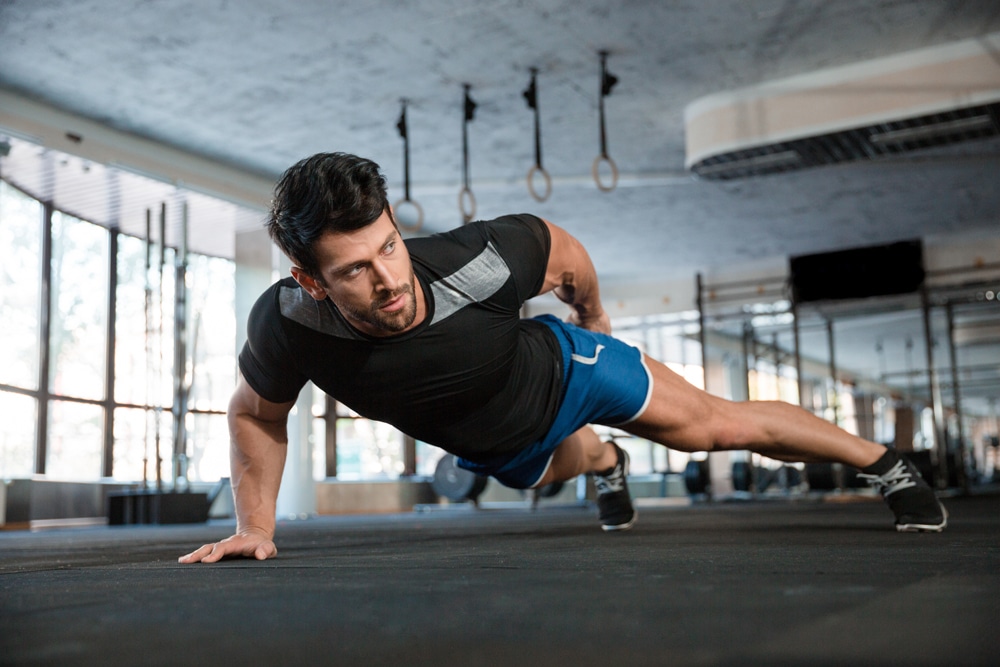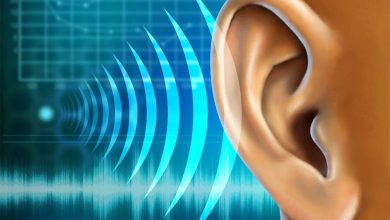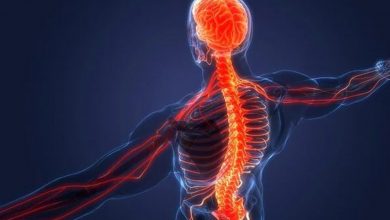Abstract: Regular exercise has long been recognized as a key factor in promoting overall health and well-being. This article examines the significant role of consistent physical activity in extending lifespan and enhancing the quality of life. Through a comprehensive review of scientific research and real-life examples, the article sheds light on the positive effects of exercise on longevity, physical health, mental well-being, and social interactions.
Introduction: Physical activity is a fundamental aspect of a healthy lifestyle. Engaging in regular exercise contributes to various physiological and psychological benefits. This article explores the profound impact of exercise on both lifespan and quality of life and highlights the mechanisms through which exercise promotes longevity and overall well-being.
Exercise and Lifespan:
- Cardiovascular Health: Regular exercise plays a crucial role in maintaining a healthy cardiovascular system. It reduces the risk of heart disease, hypertension, and stroke, thus contributing to an extended lifespan.
- Metabolic Health: Physical activity helps regulate metabolism and prevents the development of obesity and type 2 diabetes, conditions that can significantly impact longevity.
- Cellular Health: Exercise has been shown to have positive effects on cellular aging, including telomere length maintenance and mitochondrial function, potentially slowing down the aging process.
Quality of Life Enhancement:
- Physical Well-Being: Engaging in regular exercise improves muscular strength, flexibility, and bone density, leading to enhanced physical function and reduced risk of injuries.
- Mental Health: Exercise has a profound impact on mental well-being by reducing the risk of depression, anxiety, and cognitive decline. It promotes the release of endorphins, neurotransmitters that contribute to a positive mood.
- Cognitive Function: Physical activity has been linked to improved cognitive function, including better memory, attention, and executive functioning, which collectively enhance overall quality of life.
- Social Engagement: Participating in group exercises or sports fosters social connections and interactions, contributing to a sense of community and belonging.
Mechanisms and Recommendations:
- Aerobic and Strength Training: A combination of aerobic exercises (e.g., walking, jogging, swimming) and strength training (e.g., weightlifting, resistance exercises) offers comprehensive health benefits.
- Consistency and Moderation: Regular exercise should be pursued in a consistent and moderate manner, tailored to individual fitness levels and preferences.
- Individualized Approach: Consulting a healthcare professional or fitness expert can help design a personalized exercise regimen that aligns with individual goals and health conditions.
The evidence is clear: regular exercise has a profound impact on both lifespan and quality of life. Engaging in consistent physical activity contributes to a longer, healthier life by improving cardiovascular health, metabolic function, and cellular well-being. Additionally, exercise enhances physical and mental well-being, promoting cognitive function, reducing the risk of mental health disorders, and fostering social interactions. By incorporating exercise into daily routines and adopting a holistic approach to health, individuals can unlock the remarkable benefits of physical activity and enjoy a more fulfilling and extended life.
Effective Home Workouts for a Healthier Body: A Comprehensive Guide
Abstract: Maintaining a healthy body doesn’t always require a gym membership or elaborate equipment. This article explores the benefits of home workouts and provides a comprehensive guide to effective exercises that can be performed in the comfort of one’s own home. From cardiovascular workouts to strength training and flexibility exercises, this guide offers practical insights into achieving a healthier body through convenient and accessible home-based fitness routines.
Introduction: In today’s fast-paced world, finding time for fitness can be challenging. However, home workouts offer a convenient and effective solution for achieving and maintaining a healthier body. This article examines the advantages of home-based exercise routines and presents a diverse range of exercises that target various aspects of physical fitness.
Benefits of Home Workouts:
- Convenience: Home workouts eliminate the need for commuting to a gym, making it easier to integrate fitness into daily routines.
- Cost-Effective: Home-based exercises eliminate the need for expensive gym memberships and equipment, making fitness accessible to a wider range of individuals.
- Privacy and Comfort: Exercising at home provides a private and comfortable environment, reducing potential self-consciousness and promoting consistent workouts.
Types of Home Workouts:
- Cardiovascular Exercises:
- Jumping jacks
- High knees
- Burpees
- Skipping rope
- Strength Training:
- Bodyweight exercises (push-ups, squats, lunges)
- Resistance band exercises (bicep curls, rows)
- Dumbbell or improvised weight exercises (deadlifts, overhead press)
- Flexibility and Mobility:
- Yoga poses (downward dog, cobra, child’s pose)
- Pilates exercises (leg circles, spine twists)
- Dynamic stretching (leg swings, arm circles)
Creating a Home Workout Routine:
- Set Realistic Goals: Define achievable fitness objectives, such as weight loss, muscle gain, or improved endurance.
- Plan a Routine: Design a balanced workout routine that includes cardiovascular exercises, strength training, and flexibility exercises.
- Warm-Up and Cool-Down: Always start with a dynamic warm-up and conclude with a proper cool-down to prevent injuries.
- Progressive Overload: Gradually increase the intensity of exercises by adding repetitions, sets, or weights to continue challenging your body.
- Consistency is Key: Stick to your routine and schedule regular workouts to see significant improvements in overall fitness.
Safety Precautions:
- Consult a Professional: If you’re new to exercise or have underlying health concerns, consult a healthcare provider before starting a new fitness regimen.
- Proper Form: Pay attention to proper exercise form to prevent injuries. Online tutorials and videos can provide guidance.
Effective home workouts offer a convenient and practical way to achieve a healthier body without the need for elaborate equipment or gym memberships. By incorporating a combination of cardiovascular exercises, strength training, and flexibility routines, individuals can tailor their workouts to meet specific fitness goals. With proper planning, consistency, and attention to safety, home workouts can lead to improved physical health, enhanced well-being, and a more active lifestyle.


















